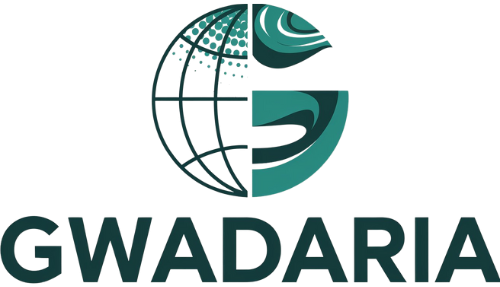Virtually a decade after its discovery, the essential distant code execution vulnerability often known as CVE-2016-10033 continues to pose a big risk to internet functions worldwide.
On this publish, we clarify why it is so harmful and the important steps to guard your programs from this essential publicity in 2025.
What’s CVE-2016-10033?
The core drawback is that particular characters meant for the shell weren’t being escaped accurately, permitting an attacker to craft a malicious handle that would bypass the primary patch. An entire repair addressing each vulnerabilities wasn’t carried out till model 5.2.20.
What makes CVE-2016-10033 so harmful?
PHPMailer is embedded in quite a few content material administration programs (CMS) and customized functions. Consequently, a vulnerability in PHPMailer can floor in any variety of downstream apps, even when builders don’t notice they’re utilizing it.
With a CVSS rating of 9.8 (Essential), CVE-2016-10033 poses a extreme harm potential.
An attacker can exploit this flaw by frequent, publicly accessible web site options:
Contact and suggestions formsUser registration formsPassword reset functionalities
Right here’s why CVE-2016-10033 stays a severe threat in 2025:
Widespread use: Present in WordPress, Joomla!, Drupal, SugarCRM, and plenty of customized PHP functions.Unauthenticated distant code execution: Attackers don’t want login entry. A single malicious contact type submission can compromise the server.Nonetheless exploited at the moment: As of July 2025, over 13,500 internet-facing programs have been confirmed to be operating weak variations.Find out how to detect in the event you’re uncovered
Begin by checking your codebase and infrastructure. You’ll want to find out in the event you or any third events you depend on are utilizing outdated variations of PHPMailer.
Step
What to do
Why it issues
1. Stock your code
Search your functions, Docker containers, and dependency recordsdata (like composer.lock) for phpmailer/phpmailer.
Confirms whether or not PHPMailer is in use.
2. Examine the model
Something older than 5.2.20 is unsafe.
Earlier variations are weak or incompletely patched.
3. Examine OS packages
On Debian: dpkg -l | grep phpmailer. Protected variations embrace:• jessie: 5.2.9+dfsg-2+deb8u2• bullseye: 6.2.0-2• bookworm: 6.6.3-1
Ensures your working system shouldn’t be distributing a weak model.
4. Scan externally
Use Assault Floor Intelligence instruments or request experiences out of your distributors.
Detects external-facing apps utilizing weak libraries.
5. Examine for exploit traces
Overview mail logs for suspicious sendmail flags like -X or -OQueueDirectory. Examine the net root for rogue PHP recordsdata.
Helps verify if an exploit has already occurred.
In the event you use a Content material Administration System (CMS) like WordPress, Joomla, or Drupal, make sure the core platform and all third-party plugins/extensions are totally up to date. These programs typically bundle PHPMailer, and an outdated plugin might expose your whole website.
Ask your distributors
Ask your third-party service suppliers and distributors if their software program makes use of PHPMailer and if they’ve utilized the required patches. This may be executed by a customized safety questionnaire.
Watch this video to find out how Cybersecurity streamlines vendor collaboration throughout such time-critical situations.
Find out how to repair exposures to CVE-2016-10033
In the event you discover you are operating a weak model (or aren’t certain), take these actions instantly:
1. Improve PHPMailer2. Patch through your working systemsudo apt-get updatesudo apt-get set up –only-upgrade libphp-phpmailerConfirm distributors have additionally utilized these patches or upgraded their software program.3. Harden mail handlingSwitch to SMTP: Keep away from utilizing isMail() (which invokes sendmail) and as a substitute configure PHPMailer to make use of authenticated SMTP with isSMTP().Validate e-mail inputs: Sanitize and reject suspicious From or Sender values that embrace quotes or management characters.Apply WAF guidelines: Briefly block internet type payloads containing harmful strings like -X or -OQueueDirectory.4. Confirm and monitorRe-scan affected programs after patching.Monitor CISA’s Identified Exploited Vulnerabilities (KEV) catalog and distribution safety trackers for any future advisories.
Able to see Cybersecurity in motion?
Prepared to save lots of time and streamline your belief administration course of?

